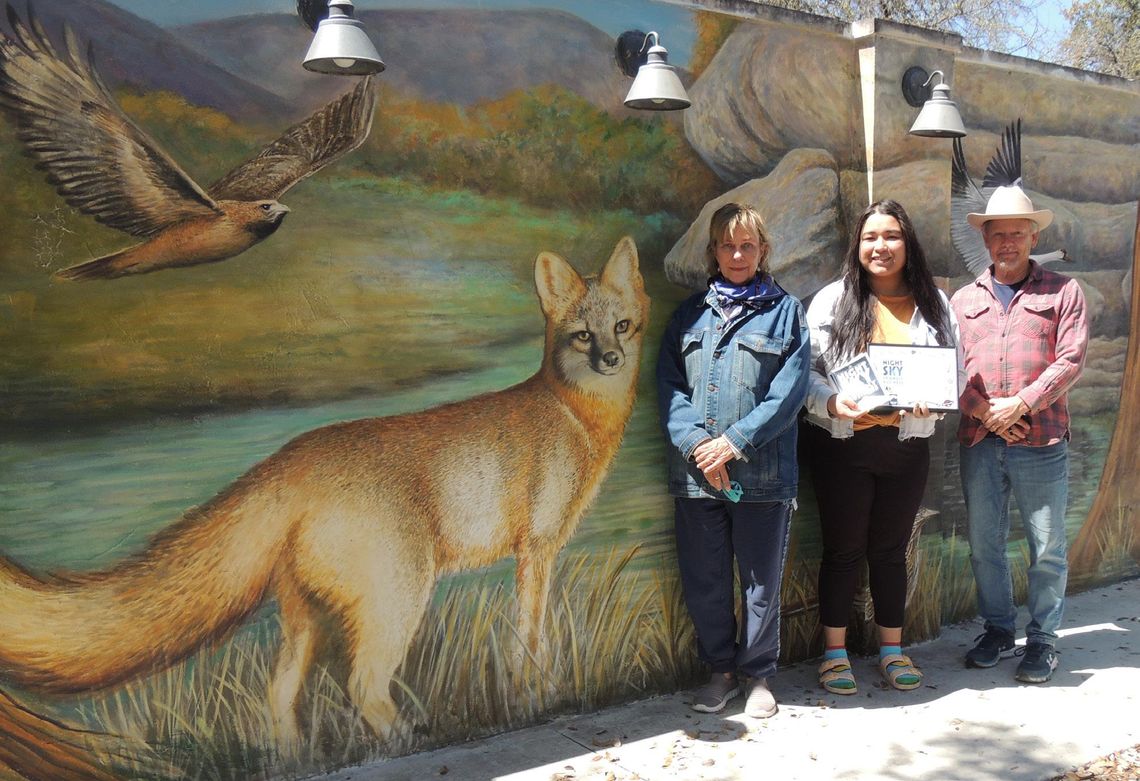Editor's Note: This is Part One in a series looking at conservation measures for land and water resources in Hays County.
The Texas Hill Country Conservation Network created what it calls The Hill Country Land, Water, Sky, and Natural Infrastructure Plan with the input of thousands of Texans, from experts to concerned residents.
The purpose of the plan is to steward natural resources and expand opportunities for connecting to nature for those in all socioeconomic groups.
PLEASE LOG IN FOR PREMIUM CONTENT. Our website requires visitors to log in to view the best local news.
Not yet a subscriber? Subscribe today!









